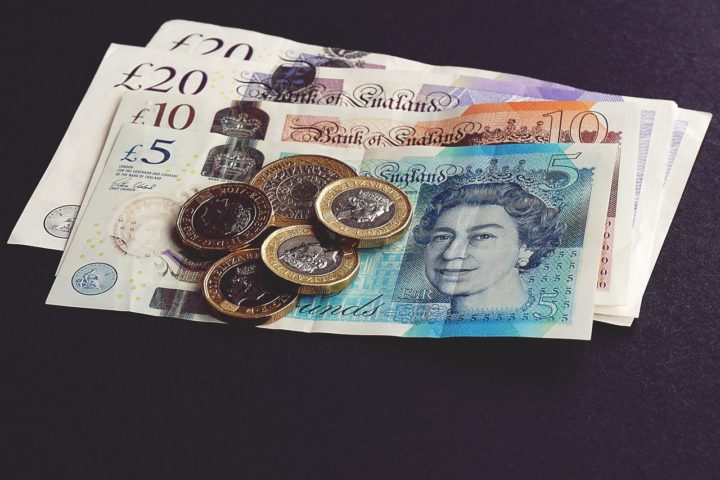Recording keeping, monitoring and accounts
On this page:

What records do we need to keep?
You will need to keep records of all of your organisation’s financial transactions and evidence to explain why those transactions took place. You will also need a record of the assets and liabilities of the organisation. This information will be needed to comply with any legal accounting requirements relevant to your organisation (explained in the Accounting requirements section). It is also required to ensure that you can at any time produce a reasonably accurate statement of the organisation’s financial position, to support the board or management committee in their decision making.
You will need to keep records of the financial transactions (receipts and payments) relevant to your organisation – which we look at in further detail in our Basic Bookkeeping section. You will also need to keep documentary evidence (either a paper or digital copy) of why you have received or paid money. Examples of the types of things you will need evidence for are set out below.
For receipts:
- Grants – a letter from the funder with details of the grant including any conditions. Remittance advices for each grant payment
- Donations – any accompanying letter/email setting out any conditions for the use of the donation
- Cash from events – cash sheets properly signed off
For payments:
- Invoices – must be addressed to your organisation and show the goods or services supplied
- Shop receipts for smaller items – which clearly show the goods/services purchased
- Volunteer expenses – claim forms for the actual amounts incurred supported by evidence such as travel tickets or food receipts
- Travel expenses – travel tickets, or details of mileage with explanation of purpose of journey
It is important that all documents are kept safely and for the required amount of time (which is usually 6 years plus the current year).
You will need to keep accurate records for any dealings that you have with HMRC. There are different tax reliefs available to different types of voluntary organisations, including VAT. You will need to look into whether your organisation must or wishes to be VAT registered.
This is a complex area and you can get advice from HMRC and there contact details are here.
If you are required to register for VAT and need to submit VAT returns we would recommend that you seek advice from a tax specialist to support you with this work.
Basic bookkeeping
A basic recordkeeping system should be easy to use, understandable, reliable, accurate, and timely. Such a system should include some type of organisation journal to record transactions (receipts, sales, purchases) and a well-organised filing system and could be a paper based system, digital or a mix of both. The type of system you use will depend upon the size and complexity of your organisation and who is doing the bookkeeping.
You can keep your bookkeeping records manually using accounting books, use an Excel spreadsheet or purchase an accounting software package (such as Sage, Xero or QuickBooks). Your choice of method will depend on whether the bookkeeping is being done by a staff member or volunteer (and their digital skills) and the volume and complexity of your financial transactions.
If you decide to use a spreadsheet there are a number of free templates available that you can use. You will find examples on the WYCAS site here.
Recording different types of transactions
When you set up your bookkeeping system you will need to be able to break down the types of transactions, for example Volunteer Expenses, Staff Costs, Postage, Ticket sales. This set of headings is called your chart of accounts.
It is useful to use the same main headings as will be used within your accounts, but you may also have specific types of headings that your board, or grant providers want you to report on. Try not to have too many headings as this makes reporting unwieldly but put in the headings that are useful.
Think about the way that you will be using the records and the level of detail that you will need to fully understand the finances and make decisions.
You can find more information on how to do this in our information sheet Basic Bookkeeping.
Restricted and Unrestricted funds
When recording your sources of income you need to make sure that you distinguish between those funds that are available to be used on any purpose (unrestricted) and those that are subject to some kind of condition (restricted).
Funds will be restricted when they are provided to your organisation for use for a specific purpose. Common examples include when you have carried out a fundraising appeal for a specific purpose, or you have received grant funds to deliver a particular project. These funds are not legally your organisation’s until they are used for the specified purpose. If they are not used then they may have to be returned to the person or organisation that provided the money.
You will need to keep detailed records of any restricted funds that you hold and any that you spend, so that you can evidence that the conditions of the fund have been complied with.
Restricted funds should not be confused with ‘designated funds’ which is when the board themselves have ringfenced monies to be used for a particular purpose. With designated funds the board have the power to undo that decision, to un-designate the funds, but they do not have that power with restricted funds.
Bank Reconciliation
It is important that you regularly check your record of financial transactions matches the money that you actually hold in your bank. This process is called bank reconciliation.
This task makes sure that your bookkeeping system is working well, and also alerts you to any problems or mistakes. You need to cross reference the entries in your financial records to the entries on your bank statement to make sure that they correlate.
You also need to identify any payments or receipts that haven’t cleared yet, as this will be important for your cashflow (which we explain in the Cash flow forecast section).
If you are making manual records, then there is an example of how to record your uncleared payments and receipts in our Basic Bookkeeping information sheet.
Reserves
Reserves are the funds that your organisation holds that are freely available to be spent on any of your organisation’s activities.
To work out the amount of free reserves that your organisation has, take the total funds that your organisation has and then deduct any of the following that you have:
- Restricted funds
- Endowment funds
- Tangible fixed assets
- Designated funds
The sum remaining is your free reserves.
The trustees of your organisation should work out an appropriate level of reserves for your organisation to retain for each financial year. This process will involve an assessment of the organisation’s plans and financial position, and the trustees will need to strike the right balance. If you spend reserves then you won’t have money available to keep the organisation going if there was a change in circumstances, but if you hold on to funds as reserves then that reduces the amount of good work that your organisation can do.
There is no single method for calculating reserves, and neither is there a right or wrong answer for the level of reserves that are held. What trustees are required to do is adopt a sensible approach to their calculations, which shows that a robust and thorough process has been undertaken.
You can find more information about the things that you should consider in our Reserves information sheet.
The Charity Commission also have guidance on how to set a reserve policy for your charity
Asset Register
An asset is an item of value that your organisation owns. Assets generally fall into two categories – current and fixed.
Current assets are short term things that you would expect to use (or sell) within a year. It includes cash and cash equivalents – like bank accounts, petty cash and investments, and also things like monies you are due from services you have invoiced or inventory (goods and materials that you will sell).
Fixed assets are things that will be kept for longer than a year. Examples include buildings, furniture, computers, vehicles and equipment.
You should create and maintain a list of your organisation’s assets as this information will form part of your annual accounts, but it is also useful for insurance purposes. It is good practice to review this annually so you can be confident that it is kept up to date.

